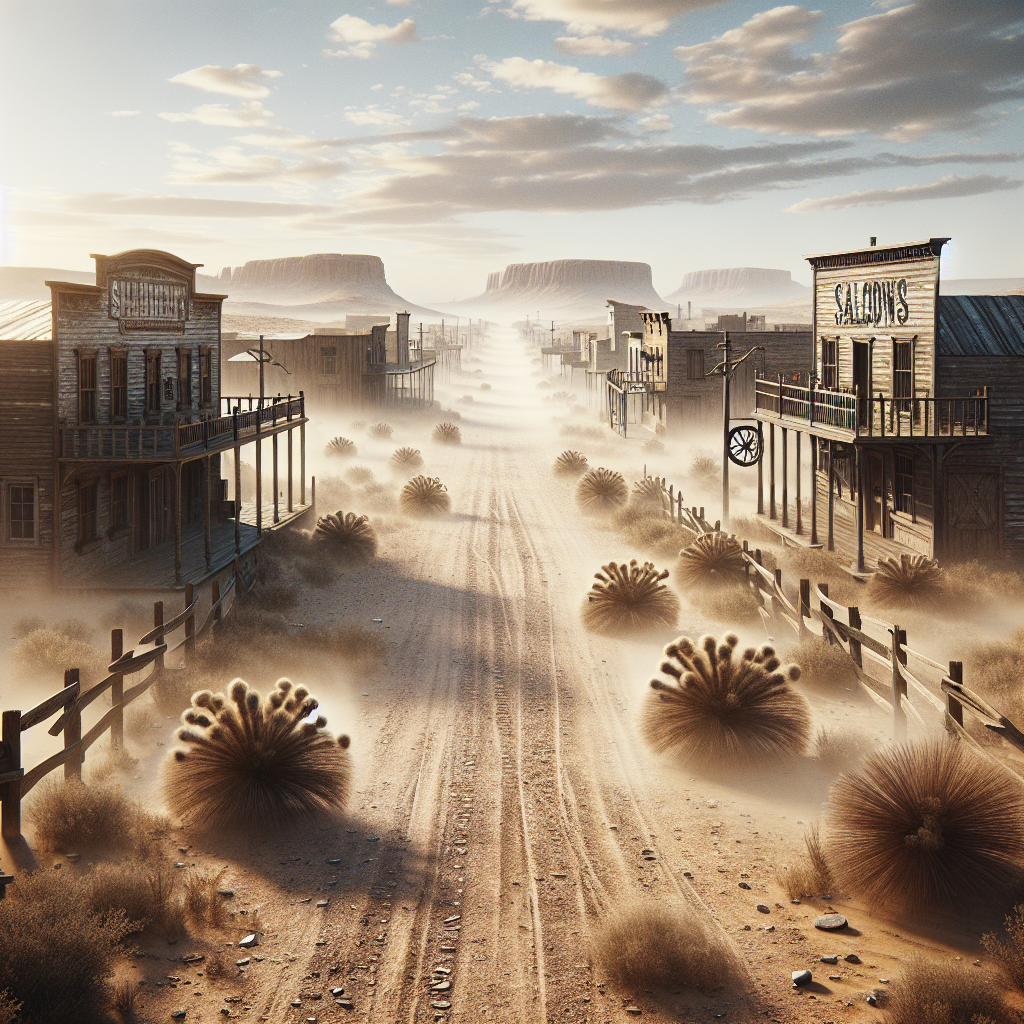Unleashing Creativity: The A.I.-Powered World of 'Quick, Draw!'
Imagine a world where your doodles spring to life, connecting human creativity with cutting-edge technology—welcome to the fascinating realm of Quick, Draw!! Created by a team of Google researchers in 2016, this captivating platform combines art and artificial intelligence (A.I.) in a delightful exercise of human-machine interaction. Located in cyberspace, this neural network-driven game has one simple question for participants worldwide: can a computer guess what you’re doodling in under 20 seconds?
What Is Quick, Draw!?
At its core, Quick, Draw! is an online game launched by Google Creative Lab and Data Arts Team. The objective is simple but fascinating—draw a suggested object in under 20 seconds, while a neural network guesses what it is based on real-time predictions. Consequently, with each successful drawing, the A.I. learns to recognize a wider variety of human sketches, refining its capabilities.
Beyond the game aspect, Quick, Draw! is also a gigantic data-gathering project. It taps into millions of drawings contributed by players to analyze patterns in human sketching and further improves its A.I. systems. It’s like a global art project meeting a science experiment!
How Quick, Draw! Works
Artificial Intelligence, the star of this show, drives Quick, Draw!'s ability to interpret your doodles. It uses a type of A.I. known as "Convolutional Neural Networks" (CNNs), which excel in pattern recognition. Developers train the network using thousands of sample drawings so it can understand the typical shapes associated with various objects.
When you play, the A.I. attempts to match your on-the-fly sketch with its huge repository of learned data. As the seconds tick, it offers guesses—sometimes amusingly off, but often impressively accurate. Each play session helps the A.I. learn what’s universal about a chicken scratch that’s supposed to represent a banana or a dog.
Why Does This Matter?
The significance of Quick, Draw! extends beyond the fun of interaction. It’s a vivid demonstration of machine learning, highlighting how algorithms learn and evolve with exposure to data—one scribble at a time.
In scientific terms, Quick, Draw! contributes to a field called "human-computer interaction." It helps Google refine its A.I. algorithms across various applications, like Google Translate or Google Images. More so, it challenges and inspires technologists to think creatively about integrating A.I. in everyday tools, making technology more accessible and engaging.
The Global Impact
In every part of the world, millions have taken up their virtual pencils, contributing to this digital tapestry. Quick, Draw!'s data set now consists of over a billion drawings, teaching us about cultural differences and commonalities in visual representation. Certain items like bicycles or cats are abstractly similar across the globe, while others reveal fascinating cultural nuances.
Quick, Draw! has a charming way of bringing together individuals from different backgrounds, revealing how we all connect over something as simple as a line drawn on a screen. It also reminds us of the vast potential of A.I. to adapt based on diverse human insights and creativity.
Educational Insights from Quick, Draw!
For educators and students, Quick, Draw! is a practical tool for understanding basic principles of A.I., machine learning, and data science. It’s engaging, intuitive, and visually stimulating, transforming complex computer science concepts into playful exploration.
It demonstrates learning algorithms in action, where students can witness firsthand how the machine responds and adapts in real time. Teachers can construct lessons around collecting data, algorithm training, and pattern recognition theories—without losing the fun aspect of gaming.
Looking Forward
The future of A.I. is unfolding, and tools like Quick, Draw! drive the process in innovative ways. They not only demonstrate current capabilities but also explore the "what’s next" in human-computer collaboration.
Whether it’s facilitating more intuitive human-computer interfaces or advancing personalized education technology, the lessons gleaned from Quick, Draw! continue shaping progressive minds. As participants play and contribute, they embark on an unprecedented journey where creativity meets computation.
Conclusion
Quick, Draw! is more than an entertainment platform. It’s a celebration of human creativity partnered with A.I. ingenuity. As we continue to expand our understanding and application of machine learning, endeavors like Quick, Draw! will remain foundational steps in merging art with intelligent technology. With every sketch, the world reaffirms its journey towards an era where technology complements, rather than replaces, human innovation.
It’s time to embrace the endless possibilities this technology heralds—because the canvas of future interactions is just unfolding, awaiting the strokes of human creativity teamed with the steadfast curiosity of a learning machine.

